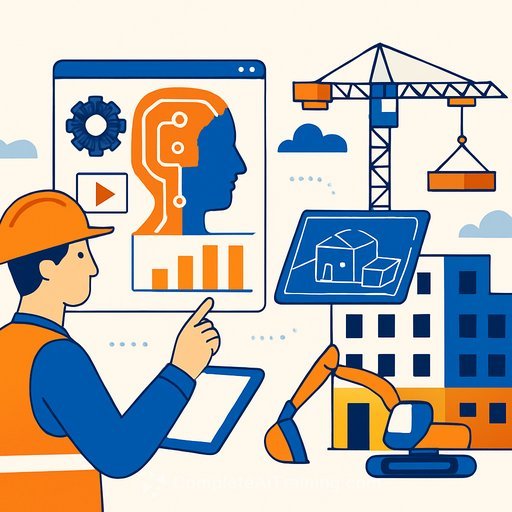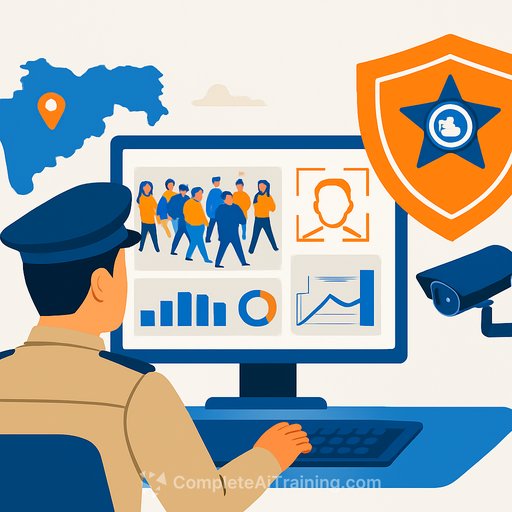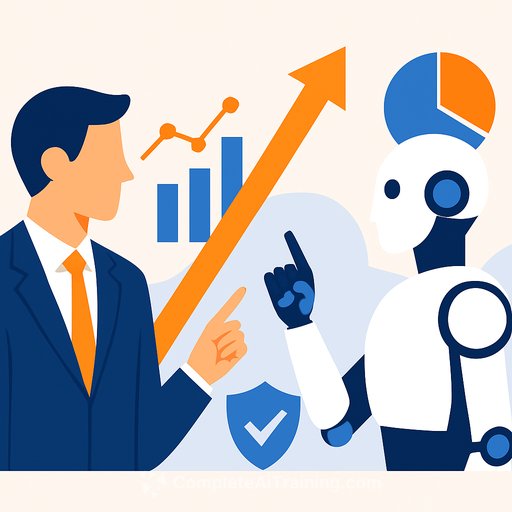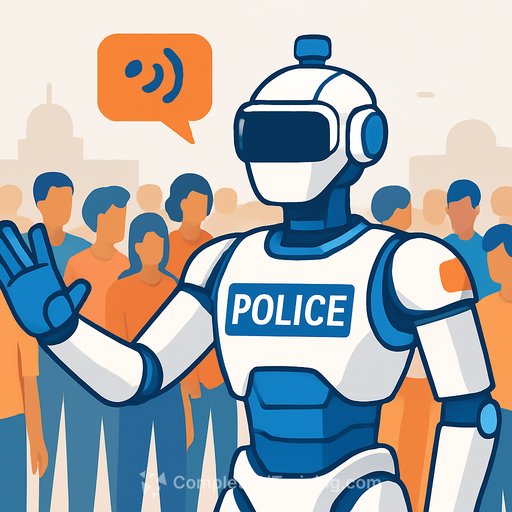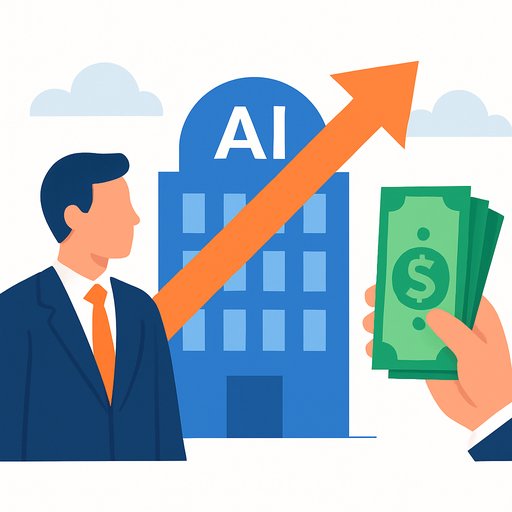7 AI trends driving the future of construction management
AI is now a practical lever for construction leaders. It sharpens planning, boosts site productivity, and strengthens decision-making across the project lifecycle. The AI-in-construction market is projected to reach $16.96 billion by 2030 at a 26.9% CAGR. Here's how to turn that momentum into measurable results on your projects.
1) Predictive analytics for cost and schedule control
Machine learning can forecast cost overruns and schedule slips by analyzing historical data, live budgets, weather patterns, resource availability, and commodity prices. The outcome: earlier warnings, fewer surprises, and decisions grounded in probability, not gut feel.
- Manager actions: Feed past project data (cost codes, RFIs, delays) into an AI model and set alert thresholds for variance.
- Track forecast accuracy vs. actuals to build confidence and refine inputs.
- Use weather and market data to pre-plan contingency budgets and buffers.
2) AI + BIM for clash-free, efficient design
Generative tools work with BIM to propose design options based on cost, material, constructability, and energy targets. They spot clashes across architectural, structural, and MEP systems and simulate alternatives before you commit.
- Manager actions: Require clash detection and generative options in design milestones (e.g., 30/60/90%).
- Set constraints up front: target cost, carbon, and schedule so the model optimizes for what matters.
- Align teams on the BIM standard you use (e.g., ISO 19650 via the UK BIM Framework).
3) AI-driven project scheduling
AI schedulers simulate thousands of build sequences and resource mixes to find faster, lower-risk paths. Tools like ALICE can replan in real time as site conditions change, keeping crews and equipment productive.
- Manager actions: Start with one complex phase (e.g., structure) and compare the AI plan against your baseline.
- Use AI to test "what-if" scenarios: crew shortages, material delays, or weather hits.
- Connect schedule updates to procurement and subcontractor commitments to keep plans actionable.
4) Computer vision for quality and progress
Cameras, drones, and sensors capture site conditions and compare them to the BIM model. The system flags deviations, missing elements, and defects like concrete cracks or misalignment-early enough to fix cheaply.
- Manager actions: Define inspection checklists the model should enforce (tolerances, install sequences).
- Schedule regular drone flights for consistent progress capture and automated quantity takeoff updates.
- Route issues straight into your punch list workflow to shorten cycle times.
5) Predictive safety and compliance
AI scans incident histories, observations, and site telemetry to predict where risks will spike. It also monitors PPE compliance and zones in real time, helping supervisors act before incidents occur.
- Manager actions: Track leading indicators (near misses, housekeeping scores) and act on weekly risk heatmaps. See OSHA guidance on leading indicators.
- Automate alerts for high-risk conditions (hot work, working at height, heavy equipment movement).
- Integrate safety insights into daily huddles so they shift behavior, not just reports.
6) Smarter supply chain and inventory
AI forecasts demand across projects, automates reorders, and optimizes transport routes. This reduces stockouts, rush fees, and idle crews waiting on materials.
- Manager actions: Connect schedules, takeoffs, and supplier lead times to an AI-driven reorder plan.
- Use geofencing and delivery ETAs to align deliveries with crew availability.
- Monitor inventory turns and substitution rates to improve specs and vendor mix.
7) Robotics that reduce risk and labor strain
AI-powered robots and drones handle repetitive, heavy, or hazardous tasks-bricklaying, welding, layout, inspection-while collaborative units assist crews on site. The result is higher throughput and fewer injuries.
- Manager actions: Start with a task that's repetitive and labor constrained (e.g., layout scanning or rebar tying).
- Measure impact in rework hours avoided, output per shift, and safety observations.
- Standardize training and maintenance plans so robots become a dependable part of the crew.
Implementation playbook for managers
- Pick 2 use cases with clear payback in 1-2 quarters (e.g., predictive cost control + computer vision QA).
- Prepare data: clean cost codes, schedules, RFIs, and site logs. Assign data owners.
- Run an 8-12 week pilot with success criteria: variance reduced, rework cut, or schedule gain.
- Integrate with your existing stack (BIM, CDE, ERP, scheduling) to avoid swivel-chair work.
- Train crews on workflows, not just tools. Make AI outputs visible in daily coordination.
- Set governance: model versioning, data access, and audit trails for claims and compliance.
KPIs to track from day one
- Schedule variance, float consumption, and replan cycle time
- Cost forecast accuracy and change-order cycle time
- RFI/punch list cycle time and rework hours
- Recordable incident rate and leading indicator trends
- Inventory turns, stockout frequency, and expediting cost
- Equipment utilization and idle time
If you want structured upskilling for your team, explore role-based programs at Complete AI Training - Courses by Job.
Speed, efficiency, and safety decide margins. These seven AI trends give managers practical levers to improve each one-fewer surprises, cleaner handoffs, and more predictable delivery.
Your membership also unlocks:

